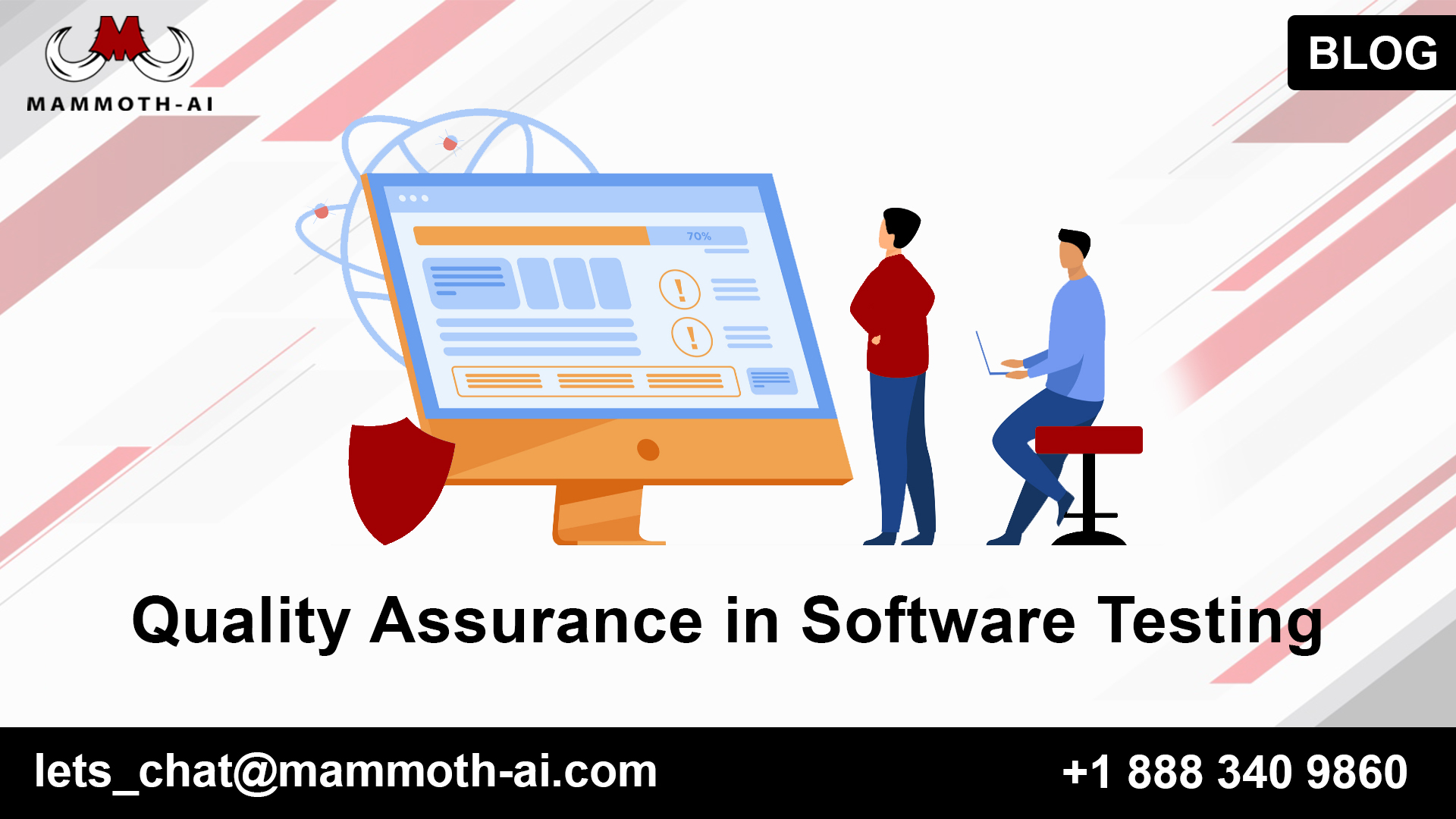Before we get to Quality Assurance, let’s understand what Quality and Assurance are all about.
What is Quality?
Quality is very difficult to characterize, and it is basically expressed: as “Fit for use or reason.” Everything revolves around addressing the necessities and assumptions for clients regarding usefulness, plan, dependability, solidness, and cost of the item.
What is Assurance?
Assurance is only a positive statement on an item or administration, which gives certainty. It is the sureness of an item or help, which it will function admirably. It gives an assurance that the item will work with practically no issues according to the assumptions or necessities.
Quality Assurance in Software Testing is characterized as a technique to guarantee the nature of programming items or administrations given to the clients by an association. Quality affirmation centers around further developing the product improvement cycle and making it proficient and powerful according to the quality norms characterized for programming items. Quality Confirmation is prominently known as QA Testing.
How to do Quality Assurance:
- Plan
- Do
- Check
- Act
These above advances are rehashed to guarantee that cycles continued in the association are assessed and enhanced on an occasional premise. How about we investigate the above QA Cycle steps exhaustively –
Plan: Association ought to design and lay out the cycle-related targets and decide the cycles that are expected to convey a top-notch final result.
Do: Advancement and testing of Cycles and furthermore “do” changes in the cycles
Check: Observing cycles, alter the cycles, and check whether it meets the foreordained goals
Act: A Quality Confirmation analyzer ought to carry out activities that are important to accomplish upgrades in the cycles
Best practices for Quality Assurance:
- Establish a Strong Testing Climate
- Select delivery measures cautiously
- Apply mechanized testing to high-gamble with regions to set aside cash. It assists with affixing the whole interaction.
- Designate Time Suitably for each interaction
- It is critical to focus on bugs fixes in light of programming utilization
- A structured devoted security and execution testing group
- Mimic client accounts like a creation climate
Quality Assurance Capabilities:
There are 5 essential Quality Assurance Functions:
- Technology transfer: This capability includes getting an item configuration report as well as experimentation information and its assessment. The records are appropriated, checked, and endorsed
- Approval: Here approval groundbreaking strategy for the whole framework is ready. Endorsement of test models for approving items and cycle is set. Asset-making arrangements for the execution of an approved plan are finished.
- Documentation: This capability controls the dissemination and filing of reports. Any adjustment of a report is made by embracing the legitimate change control methodology. Endorsement of a wide range of records.
- Assuring the Quality of products
- Quality improvement plans
Quality Assurance Certifications:
There are a few confirmations accessible in the business to guarantee that Associations keep Guidelines for Quality Cycles. Clients make these as qualifying rules while choosing a product merchant.
ISO 9000
This standard was first settled in 1987, and it is connected with Quality Administration Frameworks. This assists the association with guaranteeing quality to their clients and different partners. An association that wishes to be confirmed as ISO 9000 is reviewed in light of its capabilities, items, administrations, and their cycles. The primary goal is to audit and confirm whether the association is following the interaction true to form and check whether existing cycles need improvement.
This certification helps –
- Increment the benefit of the association
- Works on Homegrown and Worldwide exchange
- Diminishes waste and increment the efficiency of the representatives
- Give Incredible consumer loyalty
CMMI level
The Capability Maturity Model Integrated (CMMI) is a cycle improvement approach that grew extraordinarily for programming process improvement. It depends on the cycle development structure and is utilized as a general guide in business processes in the Product Business. This model is profoundly respected and generally utilized in Programming Improvement Associations.
CMMI has 5 levels. An association is guaranteed at CMMI levels 1 to 5 in view of the development of their Quality Affirmation Systems.
- Level 1 – Beginning: In this stage the quality of climate is shaky. Basically, no cycles have been followed or reported
- Level 2 – Repeatable: A few cycles are followed which are repeatable. This level guarantees processes are followed at the task level.
- Level 3 – Characterized: Set of cycles is characterized and recorded at the hierarchical level. Those characterized processes are dependent upon some level of progress.
- Level 4 – Made due: This level purposes process measurements and successfully controls the cycles that are followed.
- Level 5 – Advancing: This level spotlights on the nonstop upgrades of the cycles through learning and development.
Test Maturity Model (TMM):
This model surveys the development of cycles in a Testing Climate. Indeed, even this model has 5 levels, characterized underneath
- Level 1 – Starting: There is no quality standard kept for testing processes and just specially appointed strategies are utilized at this level
- Level 2 – Definition: Characterized process. The arrangement of test methodology, plans, and experiments is finished.
- Level 3 – Integration: Testing is done all through the product improvement lifecycle (SDLC) – which is only mixed with the advancement exercises, E.g., V-Model.
- Level 4 – Management and Measurement: The audit of prerequisites and plans happens at this level and measures have been set for each degree of testing
- Level 5 – Enhancement: Numerous preventive procedures are utilized for testing cycles, and device support (Automation) is utilized to further develop the testing principles and cycles.
Conclusion:
Quality Assurance is to check whether the item evolved is good for use. For that, Association ought to have cycles and norms to be followed which should be enhanced on an intermittent premise. It focuses essentially on the nature of the item/administration that we are giving to the clients during or after the execution of software.


